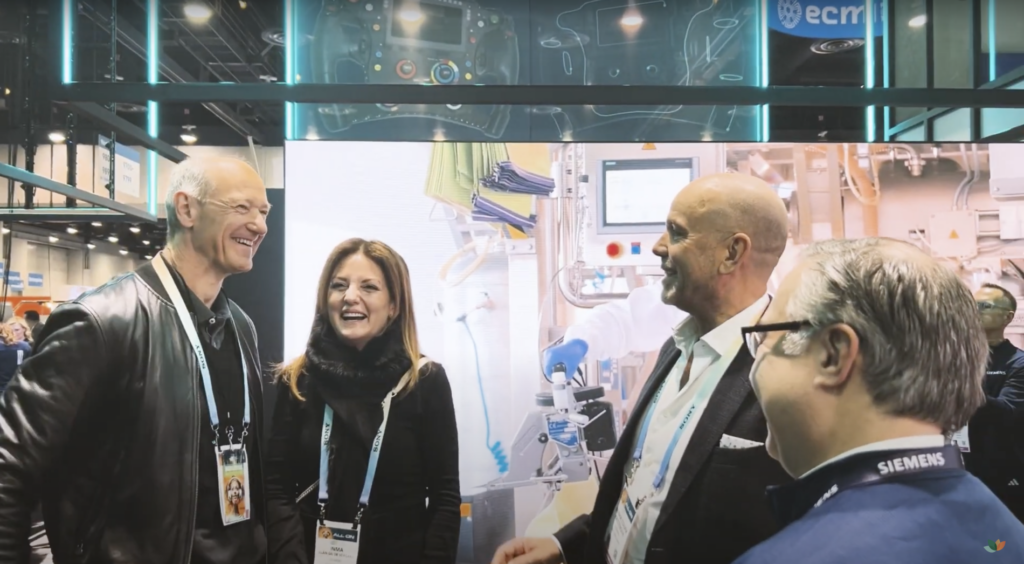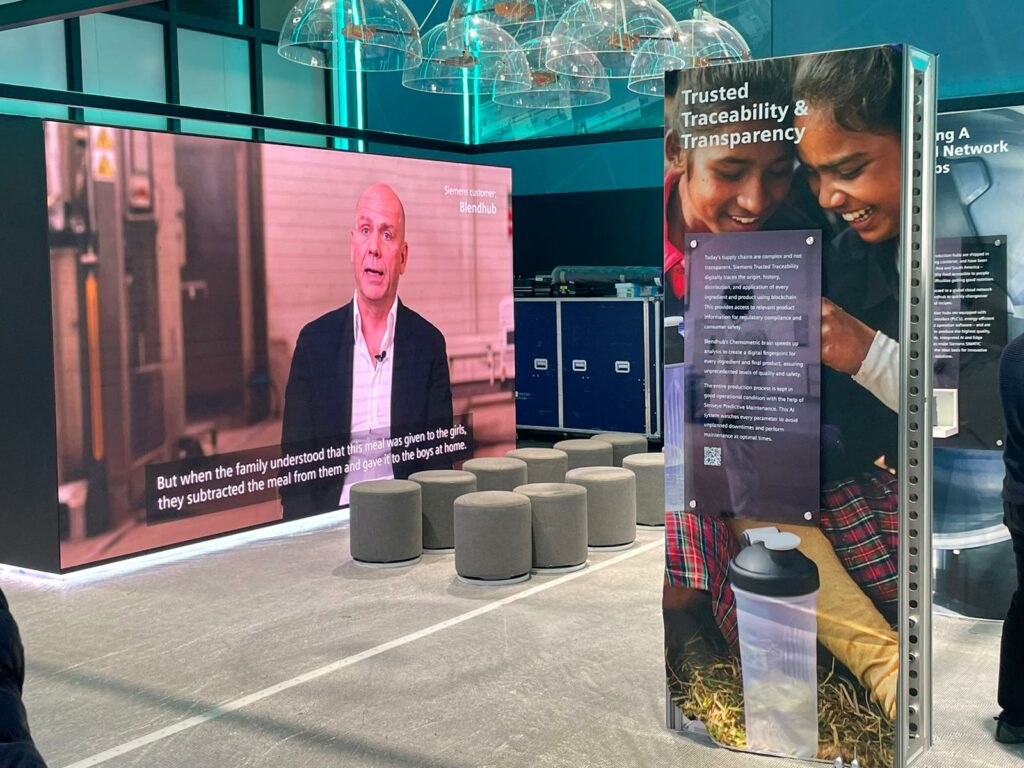Geoffrey Moore has just released the third edition of his classic book Crossing the Chasm. For this reason, he has published two interesting posts on Linkedin. In the first, “Crossing the Chasm: What’s New, What’s Not” he focuses on some of the changes in relation to the Technology Adoption Life Cycle and the approach to complex B2B2C technology products that have occurred since earlier editions. I believe the B2B2C reflection is becoming extremely important as disruptive innovations have a much wider impact on more people and in more places since value chains are turning collaborative. Therefore, companies have to consider a collaborative strategy including choosing strategic partnerships for crossing the chasm in a context where new users of technology products assume less risk, engagement is essential and the product model has been rotated to an “as- a-service” model.
Any industry may be disrupted, disruptive products are more frequent and platforms for communication and social networking have completely changed the scenario, allowing for companies to engage consumers and stakeholders and include their contributions; establish new alliances, and monetize the user’s traction. As Geoffrey Moore points out, “chasm dynamics, at least in the developed economies, have been muted by virtue of layer after layer of deployed technology that mitigates the risk and modulates the commitments a new user must undertake” to trial/test the next disruptive innovation.
Geoffrey Moore points to the importance of engaging users and enlisting evangelists as part of the four gears (Acquire, Engage, Convert and Enlist) “that need to spin up in harmony faster and faster to generate tornado winds” to cross the chasm and get to the “main street”.
Finally, I find it interesting the change noted by him in relation to how the in technology the business model has moved from the product model to an as-a-service model.
In Blendhub, we use the chasm strategy in our overall new “killtheblackbox” approach in the “Food Powder Value Chain”, using Mark Cavender from the Chasm Institute to help us with the focus. Within our industry, the “black box” is opaque and protects not only IP but also inefficiencies, a lack of traceability and inflated margins in the agrifood sector, and limits the Influence and understanding of the food producers on what they buy. We have decided to change this by being OPEN, challenging the status quo of the sector.
In the very conservative and to a large extend traditional food industry, pushing the boundaries can impact everything from raw materials to the end product on consumers’ table. Kill the black box means more transparency and collaboration between all the actors and companies involved in the supply chain. It is a very disruptive approach in an industry that has not been part of the constant disruption of which Moore speaks in reference to technology products in other ecosystems. We are now enlisting our consumers and evangelists to get more companies to join us in this change, and have completely transformed our products and services to direct them to the actual needs of our customers, thinking not in providing final products but comprehensive services that encompass the entire value chain.
Crossing the Chasm has been really useful for me. I recommend the second post of Geoffrey Moore on Linkedin, on the matters that have not changed since the release of his book, and also read Crossing the Chasm if you have not had yet a chance to.



